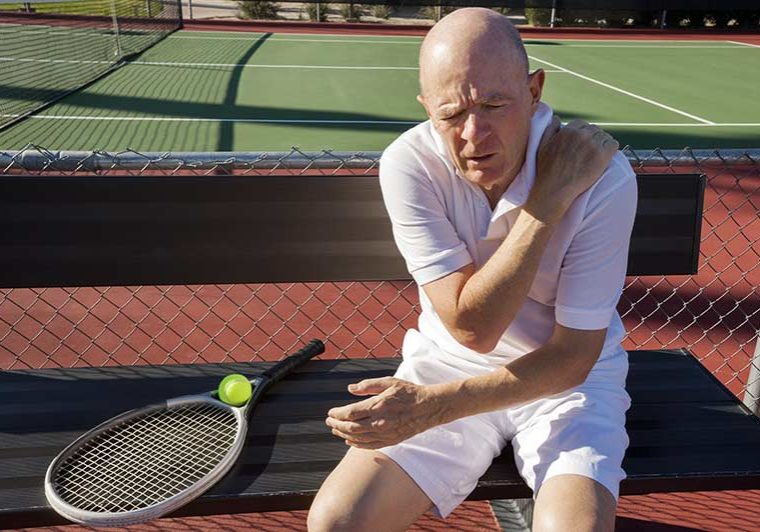A sports injury may involve damage to one or a number of structures; muscles, ligaments, joints, tendons or bones.
The severity of the injury can often be assessed by the degree of pain, swelling and inability to use the damaged limb that results.
Muscle Injuries
Muscle fibres will tear if the muscle is overstretched beyond its normal limits. This type of sports injury is known as a muscle STRAIN. Muscles commonly affected include the hamstrings, quadriceps, groin and calf muscles. Muscle fibres may also be damaged by direct blows which result in Bruising.
Ligament Injuries
A ligament is like a piece of cord which connects bones together and prevents excessive movement. A ligament sprain results when ligaments are stretched beyond their normal limits. Ankle and knee ligament sprains are most commonly seen.
Joint Injuries
A joint injury results when one or more bones are partially or fully displaced. A joint subluxation occurs when the bones only partially displace and return to their normal position. A joint dislocation results when the bones fully displace and remain out of position. Dislocations are often caused by falls or by collisions with other players. Shoulder dislocations are an example of this type of injury.
Bone Injuries
The most common bone injuries are fractures. Fractures can result from a direct blow to the limb. Repetitive trauma that causes gradual bone breakdown is known as a “stress fracture”. “Shin splints” are caused by repetitive trauma.
Treatment
Immediate sports injuries management should follow the R I C E D regime.
If pain and discomfort persist, see your physiotherapist immediately for diagnosis and ongoing treatment.

